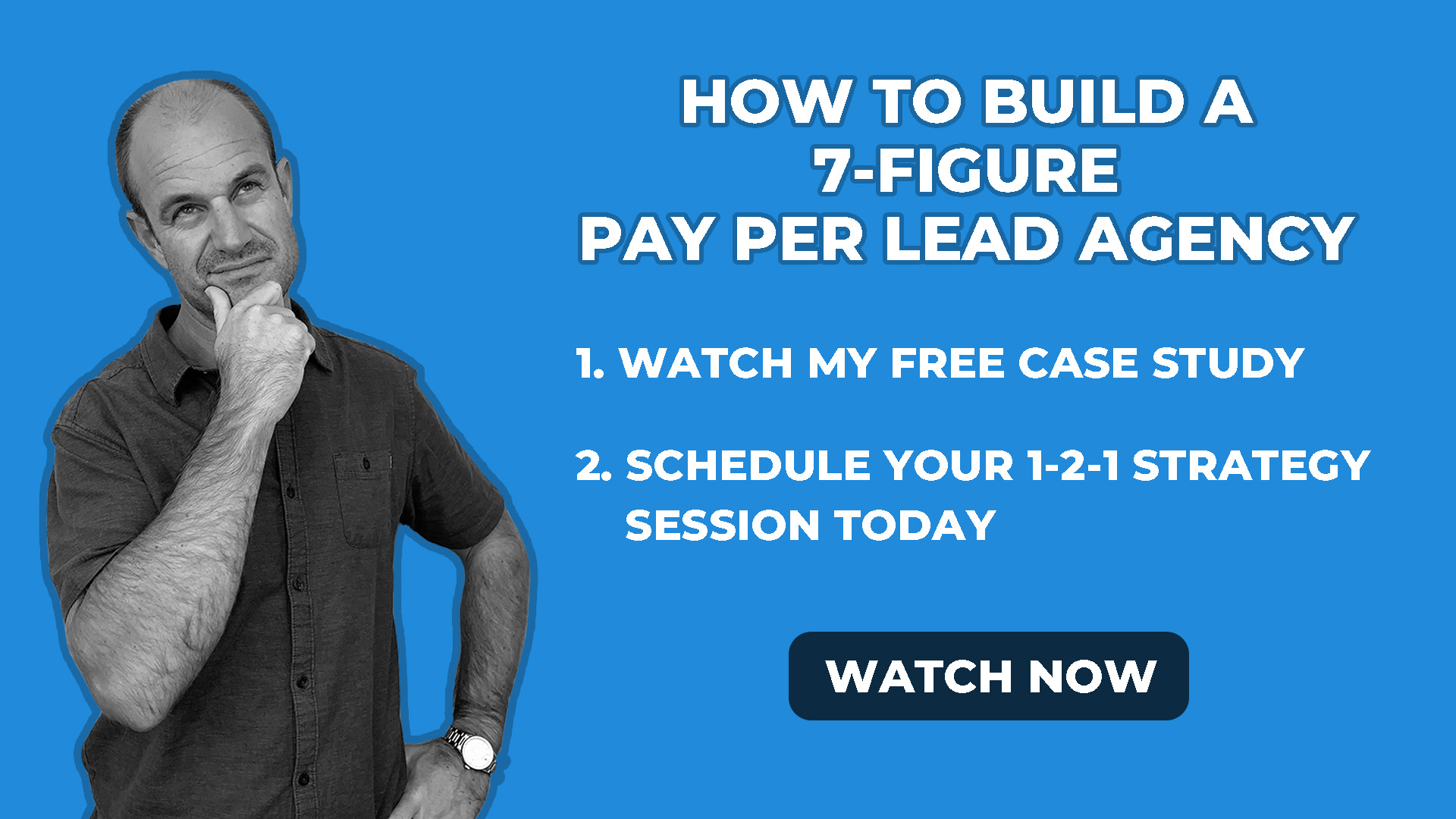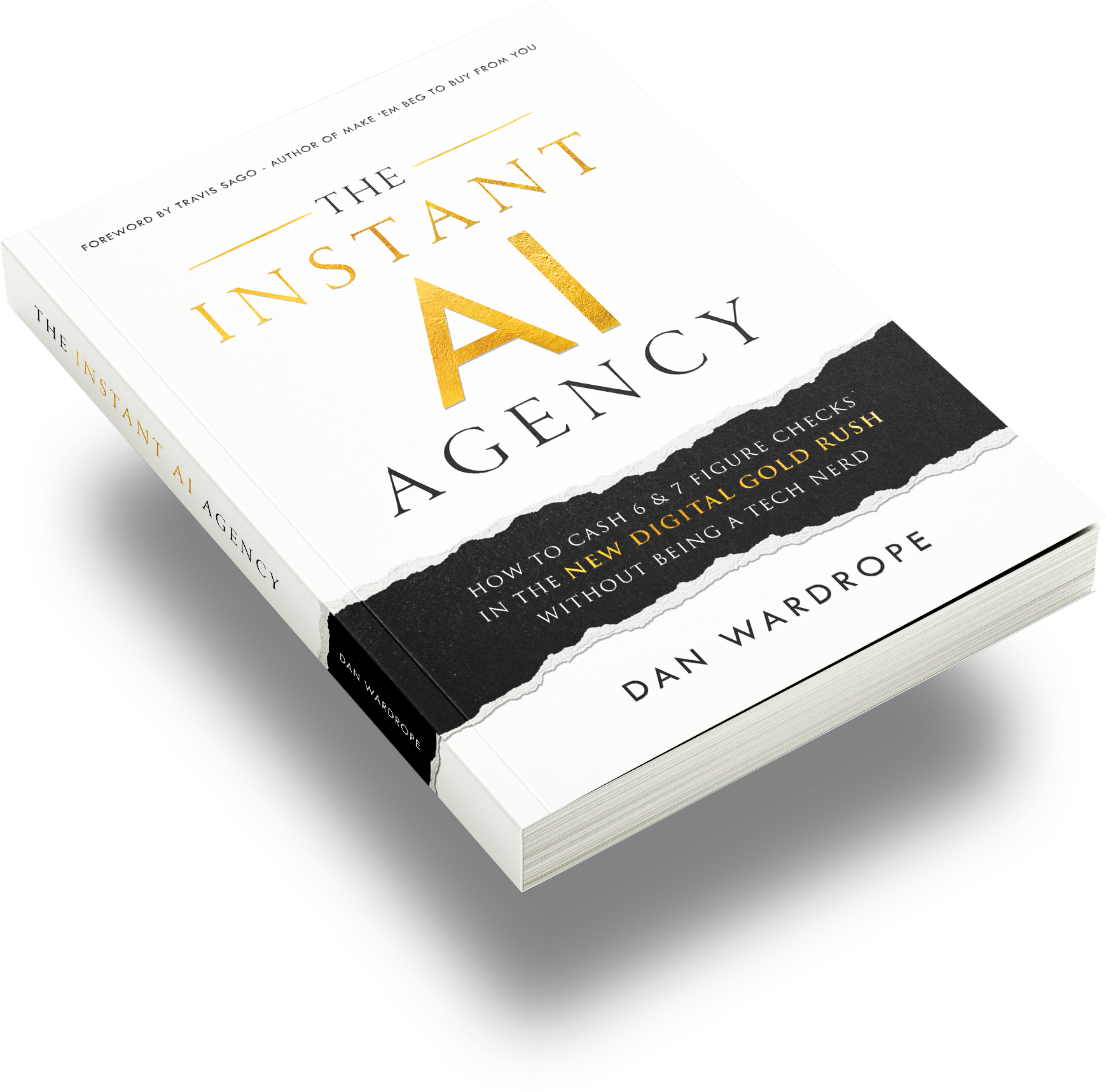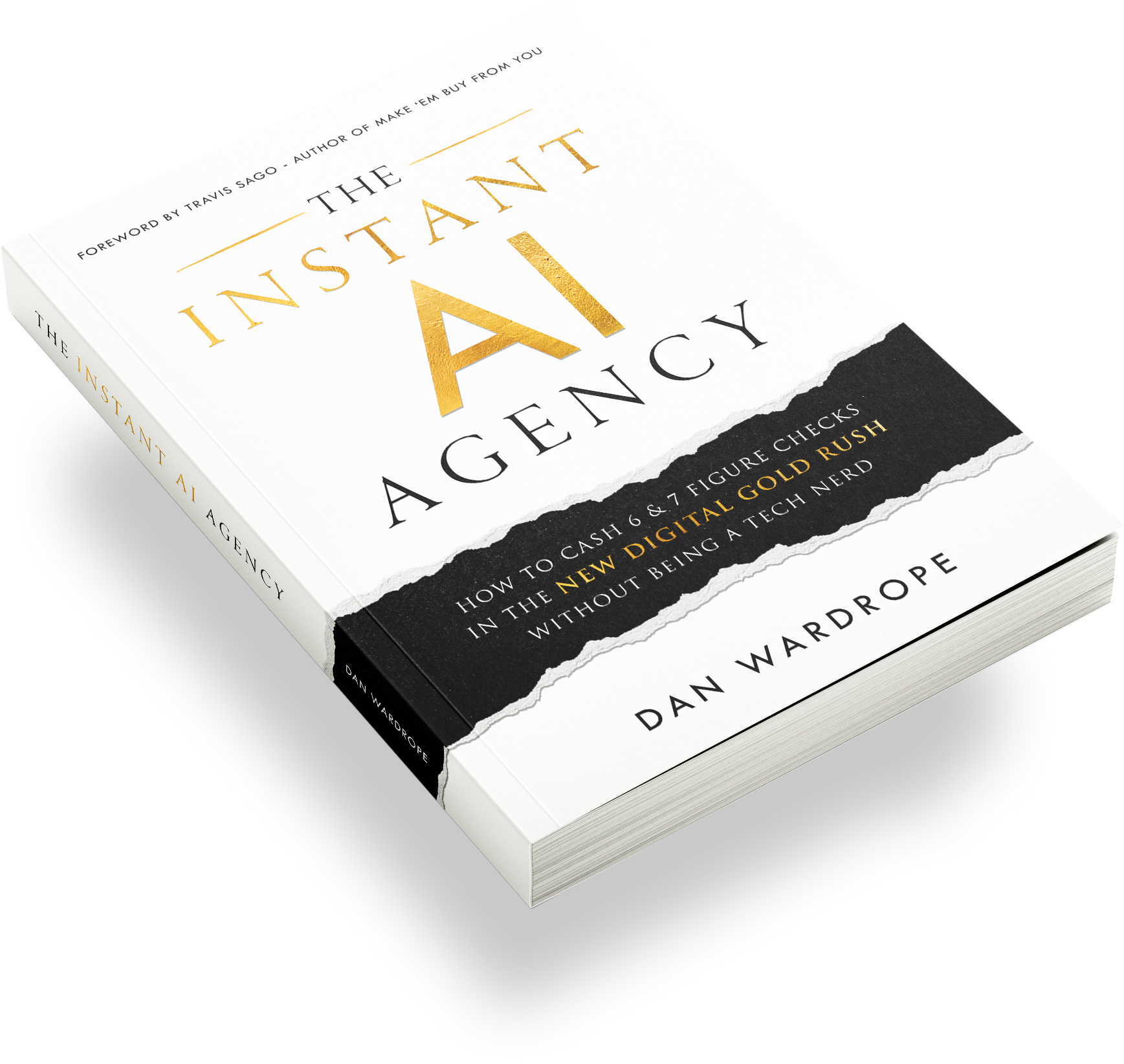This is a post of two parts.
First of all, a little about my lead generation agency, Flexx Digital.
About Flexx Digital
Flexx Digital is a “Pay Per Lead” lead generation agency.
I’d been doing lead generation for a while, trapped in an eternal and nerve-shattering cycle of cold-calling clients and pitching retainer contracts.
When I did bag a high-paying client, I started pinning all my hopes and dreams of a successful agency onto them (over-relying on whales). When my grand plans inevitably fell through, I was left sprawling in the dust. I had to repeat the same cycle again, and again, and again.
To land the kind of clientele I really wanted, I realised I had to offer them exactly what they were looking for: high-quality leads with a great contact rate. That’s when I stopped asking clients for five-figures upfront, and cut out all the extra stuff like fan page design and SEO. Basically, I turned retainer contracts on their heads and started my own model – charging clients per lead.
It was a risk. I was using my own credit card to generate these leads; what if I couldn’t deliver? What if the cost per lead was way higher than I thought? But it was a risk that paid off.
What Is The Pay Per Lead Model?
The Pay Per Lead Model is just that: the agency/freelancer/professional gets paid by results.
For agencies, the Pay Per Lead Model (PPL) works on the idea that clients want high-quality leads and nothing else.
There are no contracted months or any lengthy paperwork. Pay Per Lead agencies can work with clients for as little as a week (though obviously hope for much longer).
So, the model is pretty simple. You (the agency) generate leads for X amount per lead, then sell them to the client for Y per lead.
Y – X = N. The N is your profit margin.
Let’s use a quick example: say an agency is working with a car finance client. The car finance company ask for 100 leads in a week.
On the Pay Per Lead Model, the agency usually pays for the ad spend. They know, from experience, that they can generate leads for about $15 in the car finance niche.
The client agrees to pay $30 per lead. The agency pays $1500 on ad spend ($15 cost per lead x 100, the number of leads requested by the client). In return, the client pays them $3000 ($30 per lead x 100, the volume of leads required).
$3000 – $1500 = $1500. So, the agency is making a $1500 profit or $15 per lead.
The Pay Per Lead Model works with any platform you choose to advertise from. That could be:
- Snapchat
- YouTube
- Gemini ads
- Google (search).
If you’ve got a hot SEO game, and rank high on Google, you can generate leads organically and send them to clients. You can produce organic leads via a lead generation website.
However, most clients want leads at a large volume and over a specific period (i.e. 100 leads in a week). Organic leads take time, and there’s no consistency in volume week by week. That’s why a lot of agencies on the Pay Per Lead Model generate leads using paid ads.
One of the key strategies I use to generate leads in large volumes is the use of lead generation websites.
What is a Lead Generation Website?
Lead generation websites do exactly what they say on the tin: turn cold or pre-warmed traffic into hot leads.
The idea is to generate leads in large volumes, then distribute the leads to multiple clients in the same niche.
A great example of a lead generation website is Compare The Market. Working in the insurance niche, Compare The Market don’t represent one single company. Instead, they ask the visitor a range of questions and direct them to one of the businesses they work with depending on their answers.
Compare The Market are also masters of branding. The “Compare the Meerkat” ads took the UK by storm, making Compare The Market one of the most famous lead generation websites of all time.
And that’s what we do with our lead generation websites at Flexx Digital. We build a website designed to generate leads within a particular niche, such as car finance.
Just like Compare The Market’s meerkats, we may use a character or “voice of authority” as the representation of our brand. Another example of a “brand character” is “Tom the Everyman” from life insurance lead gen website, Tom.co.uk.
We’ll then build the lead generation website around a hook in our chosen niche.
The best way to find an appealing hook is to look at your niche, then niche down even more.
Let’s take the car finance niche again, as an example. At the moment there are hundreds of companies within the UK, all professing to offer the “lowest car finance rates”.
Trouble is, as so many companies offer the same thing, it’s a minefield for the customer. They’ll spend ages trawling through Google, looking for a deal that’s going to suit them.
It’s all very generic, and it makes it dull for the customer. They don’t feel like any company is going out of their way to truly understand their wants and needs.
But, what if instead of trying to appeal to everybody, a lead generation website targeted a very specific segment of the market?
For car finance, I would start targeting business owners. Compare the two hooks:
“Car finance rates from 1.99%. We’ll compare the market for you and find the best rate.”
Or
“Is it better to finance your car inside or outside of your business? Take this 30-second survey to find out. You could end up leveraging legal tax-saving loopholes to buy the car of your dreams.”
Yes, I’m targeting business owners with this particular hook, but guess what? There are 5.7 million private-sector businesses in the UK alone.
And in the US? You’re looking at about 32 million business owners, believe it or not.
More than enough for 1,000 highly-qualified leads a day for a very long time. Probably 10x that. And these are all leads that we can send to multiple clients from just one webpage.
Once you’ve started driving traffic to your lead generation website, you can start segmenting your leads and distributing them to various clients.
An excellent way to do this is via surveys and quizzes.
Segmenting Leads From Your Lead Generation Website
Even within the “car finance for business owners” sub-niche, you’ll find that different clients are wanting different types of lead.
The first client, for example, could be looking for super-rich business owners who can afford to lease a Tesla or the like through their business.
Meanwhile, the second client may specialise more in leasing more modest cars for the small-business owners.
Client C, on the other hand, specialises in leasing hybrid cars to SMB owners, but can also offer second-hand cars at special rates for business owners with bad credit.
You need to look carefully at what each client can offer, then tailor your quiz to suit the wants of your clients.
On top of that, you need to tailor your quiz questions to suit the customer. Every customer wants to feel like their needs are being heard, and they appreciate tailored questions as it feels like they’re on the receiving end of the “human touch”.
For an extensive look into marketing quizzes and how to use them for segmentation, check out the detailed article here.
But you can also start segmenting your leads before the visitor is taken to your survey.
You can do that through the use of YouTube ads.
Using YouTube Ads To Generate And Segment Leads
Video learning is becoming very real, with 75% of people opting to watch a video rather than read books or long stretches of text.
With 1.5 billion active users on YouTube, you can guarantee that your target market is on there, somewhere.
So, this is your prime opportunity to make some super-niche video adverts.
Flexx Digital has been running YouTube adverts for over 12 months, and we’ve seen some incredible success.
We appeal to our audiences by creating four or five similar scripts with a slightly different hook. These hooks are tailored towards what we think our targets want and what traits our clients are looking for in their customers.
If writing four or five scripts sounds daunting, don’t be alarmed. Our scripts contain the same information within them, but they’ll address a different target within our sub-niche at the beginning, and may contain a slightly different Call To Action.
For example, in the “car finance for business owners” niche:
“Are you a business owner looking to lease a top-of-the-range hybrid car model for your business?”
And
“Are you a small business owner looking for a car to get you from A to B without breaking the bank?”
You can then go into your information about car lease rates, etc. It’s a subtle way to call out the exact kind of audience you’re looking for, but it works.
Why YouTube is another great place to run such ads is because it won’t break the bank if your targeting is slightly off. TrueView ads only charge you if the viewer watches more than 30 seconds of the ad, and there’s the opportunity to skip after only 5 seconds.
Conversely, if you get people responding to your call to action from these targeted ads, and then they go on to complete the survey hosted on your lead generation website, you know you’ve generated a supreme quality lead.
Free Training
If you’re interested in how we use YouTube ads in our lead generation strategy, you can find out more in our NEW case study.
Inside you’ll find how I:
- Severed ties with retainer contracts once and for all
- Moved away from local businesses
- Started working with national B2C companies
- Use a range of advertising platforms such as Twitter, YouTube and Facebook to generate high-quality leads
Click below to watch it now:








